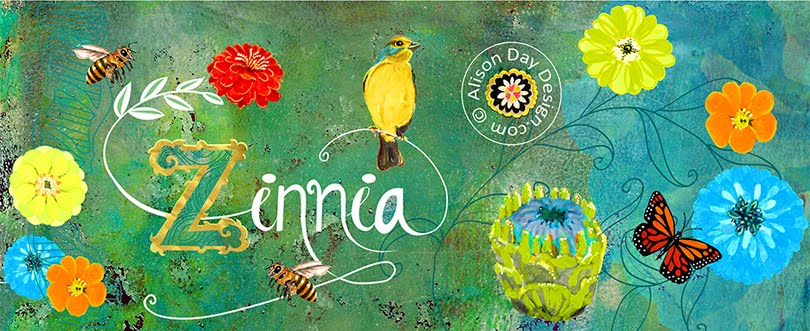Every passing minute is another chance to turn it all around—Vanilla Sky
Early 2018, I awoke one morning with the decision to throw my current life in the Netherlands to the wind. I’d been living on the continent for over 27 years and remaining there no longer served who I was and what I wanted out of life.
I decided there and then that before my next birthday, in April, I would repatriate to my hometown area of Oxfordshire in the UK. So, I put my house up for sale at the start of March and began a major life laundry, clearing up, throwing out and closing down my life there.
The move was complex. A moving company took the bulk of my possessions to the UK and put them in storage; my brother drove over with his transit van and picked up me, my two cats and remaining possessions. The overnight journey by boat went well and the cats became expats.
Since then, re-activating my life has been complex: buying a house; finding a job and getting used to England again. The feeling that I’m on Mars has lessened, but it’ll take a while before I feel as though I belong. The urge to speak Dutch has vanished, although the odd Dutch word will still pop up now and again thwarting my flow.
Finding a job is the main task at the moment and Internet searches on job sites are interspersed by appointments with employment agencies. It’s a slow process and my enthusiasm goes in peaks and dales.
On my trips to the centre of Oxford, I notice the increase in the number of homeless people, living on cardboard box panels, under duvets. Over the years, it’s increased exponentially and it’s a sad sight to see in what is considered to be such an affluent city. Alongside the street dwellers, are opinionated preachers, musicians and young people, showing off acrobatic or football skills, in the hope of a few coins from passers by.
One person, however, stood out from the rest, and who actively seemed to be trying to make something more positive out of her circumstances. Sitting cross-legged on the ground, on a sleeping bag, she was totally absorbed in the process of sewing a picture on a large canvas, using brightly coloured, embroidery thread and wool. Ironically, her back was facing the outside wall of a well known bank. Her pictures are happy scenes embroidered onto material, guided by roughly sketched outlines. Every so often she would be forced to take a rest, due to the arthritic pain in her hands. The results of her labours are charming, colourful pictures, which have a naivety to their style.
Stopping to chat, I found out that this was Carol’s turf. She’d sat here every day for the past six years—sewing. Her pictures were not limited to canvases, there was also a large lamp shade that someone had thrown away, which she had covered with her creative stitches, plus a rather macabre looking doll. ‘I’ll sew on anything I can get my hands on’, she said. At one time, she made a series of small dogs, which became popular and sold instantly whenever she made them, but she found making things to order boring. That’s not why she sewed: ‘I do what I do, because I have to,’ she said.
Whenever the police tried to move her on she would say: ‘I’m not beggin’, I’m working.’ To the tourists who want to photograph her she says: ‘ If you want to take a photo of my work and help me do what I do—throw some coins in the box.’
I told her that I kept a blog and asked if she’d mind if I photographed her and her work for a blog post: ‘You do what you’ve got to do—at least you asked, most people don’t’, she replied. ‘I’ve been on telly and photographed before’, she added. As a raised my phone, she went quiet, adverted her eyes and bent her head to look at the ground.
Like many artists, Carol was doing, in her words ‘what she had to do’. How she came to be there is of course another story and not relevant to my conversation with her. I was touched by the way she embraces her creativity as a means to survive on the streets, but ultimately shies away from the limelight.
If you’d like to see Carol’s work, or have a chat, you’ll find her sitting at Carfax, at the end of Cornmarket Street.




















